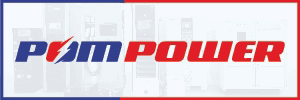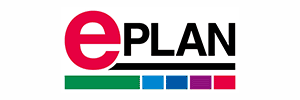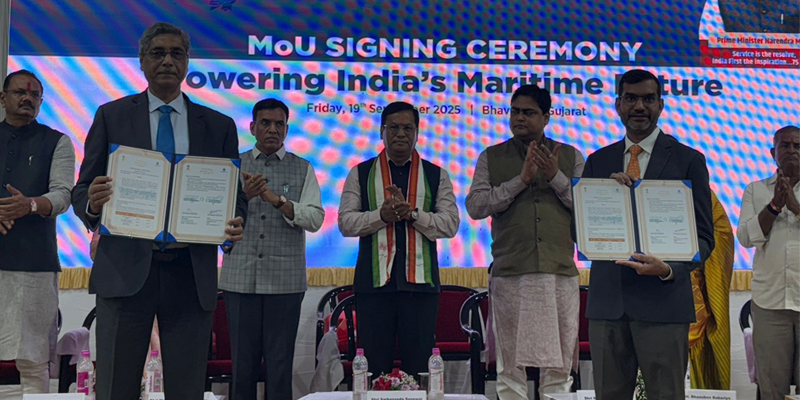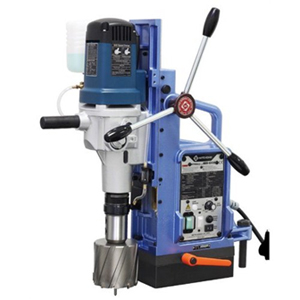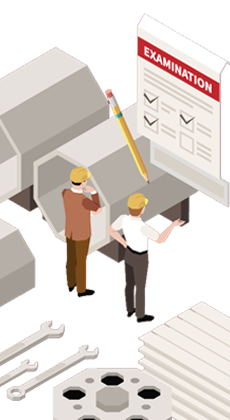Schedule a Call Back
Three Vibration-Control Innovations Saving Drivers and Shipments
 Articles
Articles- May 05,25

Related Stories
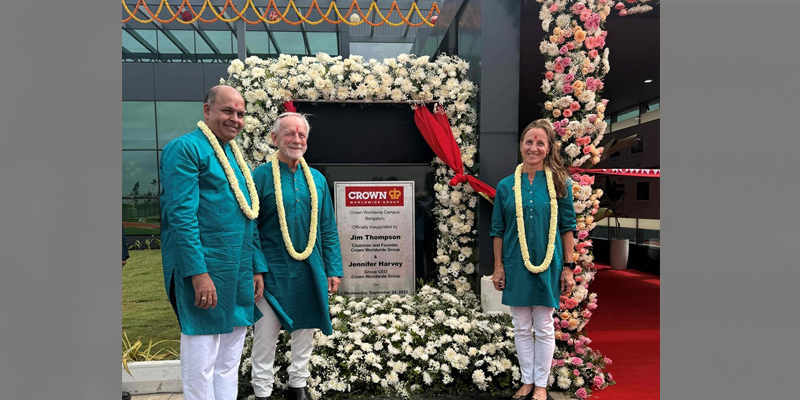
Crown Worldwide Group expands India footprint with new logistics facility
Crown Worldwide Group inaugurated a 76,000 sq. ft. EDGE-certified logistics and storage facility in Bengaluru, reinforcing its India growth strategy.
Read more
Rare crystal shapes yield stronger 3D-printed metal parts
Quasicrystals, which were previously considered a myth, are now replicable for large-scale industrial applications. Stakeholders must support investments in 3D printing technologies and continued re..
Read more
Make in India in shifting world: Manufacturing for resilience, global leadership
India stands at a defining moment where disruption in global trade, technology, and supply chains offers both risks and opportunities for manufacturing-led growth. Rohit Chandra, Co-Founder & CEO, O..
Read moreRelated Products
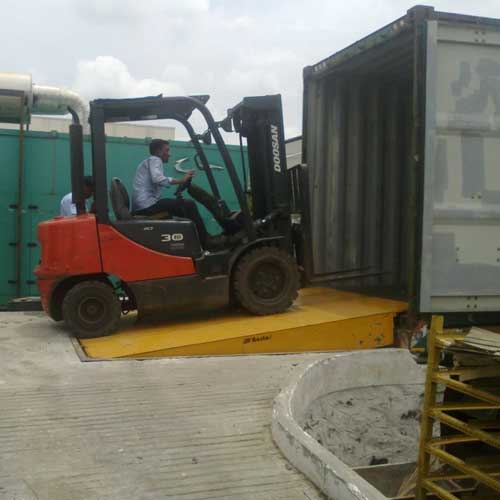
Dock Leveller
Besto Material Handling Equipments offers a wide range of dock leveller.
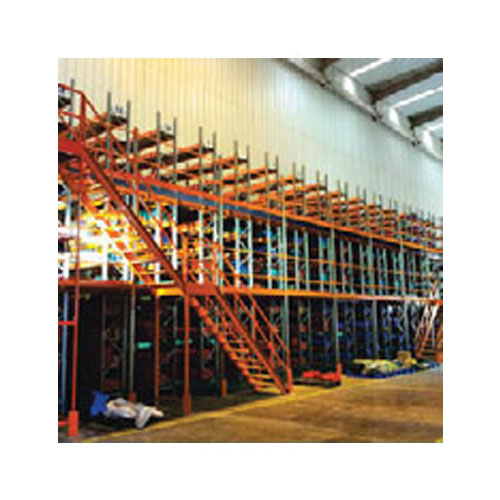
Multi Tire
SCI Storage Solution offers a wide range of multi tire.
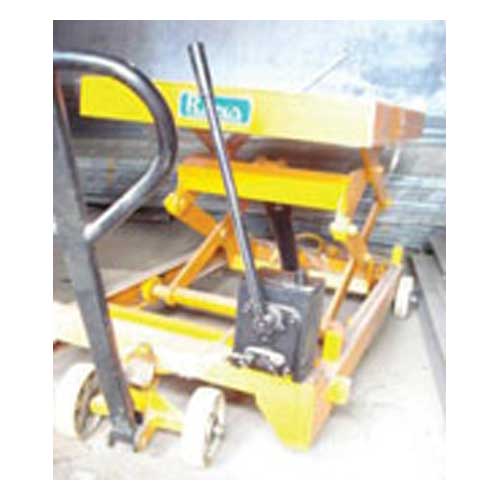
Industrial Lifting Equipment
Rana Material Handling Equipments Pvt Ltd offers a wide
range of industrial lifting equipment.



